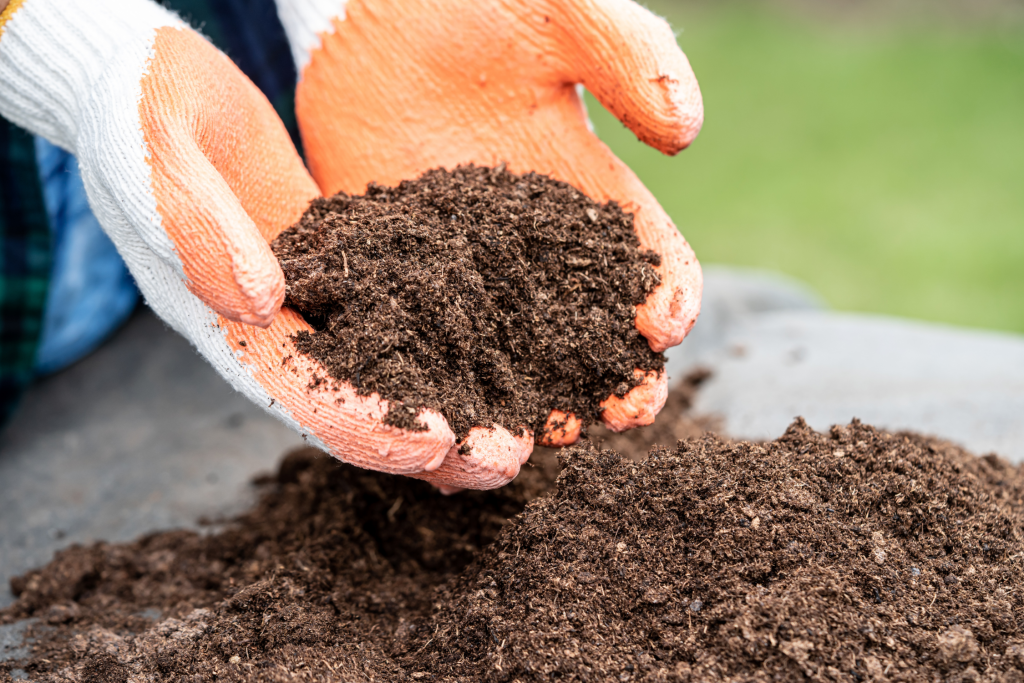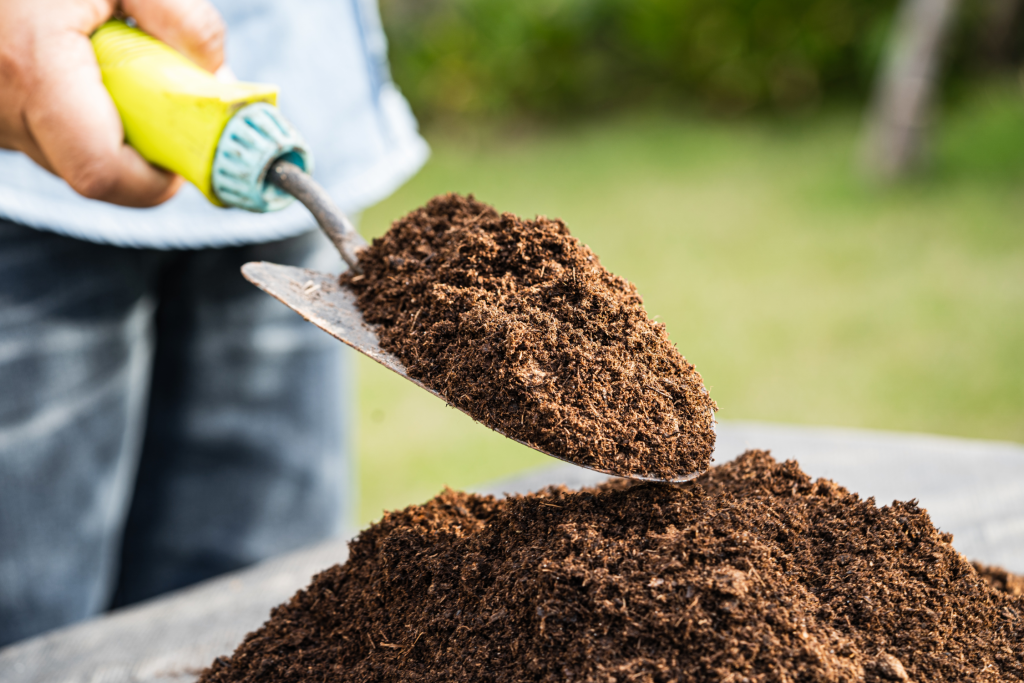Peat moss, often referred to as “sphagnum moss,” is a remarkable natural material that has been utilized in horticulture, agriculture, and landscaping for centuries. Extracted from peat bogs, this highly absorbent and nutrient-poor moss offers unique properties that make it invaluable for various applications. However, the use of peat moss also raises important environmental concerns. In this blog, we’ll explore what peat moss is, its benefits and uses, and the environmental implications of its extraction and use.
What is Peat Moss?

Peat moss originates from sphagnum moss, a type of moss that thrives in wet, boggy environments. Over thousands of years, layers of dead sphagnum moss accumulate and compact in waterlogged conditions, gradually forming peat. This slow process results in a highly organic material that retains moisture and provides aeration.
Benefits of Peat Moss
Peat moss offers several advantages that make it a popular choice in gardening and horticulture:
- Excellent Water Retention: Peat moss can hold up to 20 times its weight in water, making it an ideal soil amendment for improving moisture retention in sandy or fast-draining soils.
- Improved Soil Aeration: The fibrous structure of peat moss enhances soil aeration, promoting healthy root development and reducing the risk of root diseases.
- Acidic pH: With a naturally low pH, peat moss is beneficial for acid-loving plants such as blueberries, azaleas, and rhododendrons.
- Sterile Medium: Peat moss is free from pathogens, weed seeds, and harmful chemicals, making it an excellent medium for seed starting and growing plants that require sterile conditions.
Uses of Peat Moss

Peat moss has a wide range of applications in gardening and beyond:
- Soil Amendment: Mixed into garden soil, peat moss improves moisture retention, aeration, and overall soil structure, benefiting a wide variety of plants.
- Seed Starting: Due to its sterile nature and fine texture, peat moss is commonly used in seed starting mixes to provide a suitable environment for germination.
- Soilless Growing Medium: Peat moss is a key component in soilless growing mediums for container gardening and hydroponics, offering a balanced mix of moisture and air.
- Lawn Care: Applied to lawns, peat moss helps retain moisture and improve soil structure, promoting healthy grass growth.
- Composting: Peat moss can be used to enhance compost piles, helping to balance carbon-rich and nitrogen-rich materials and accelerating decomposition.
Environmental Considerations
While peat moss offers numerous benefits, its extraction and use raise significant environmental concerns:
- Carbon Emissions: Peatlands act as significant carbon sinks, storing vast amounts of carbon. The extraction of peat moss releases this stored carbon into the atmosphere, contributing to greenhouse gas emissions.
- Habitat Destruction: Peat extraction disrupts peatland ecosystems, leading to the loss of biodiversity and the destruction of habitats for various plant and animal species.
- Non-Renewable Resource: Peat formation is an extremely slow process, taking thousands of years. This makes peat moss a non-renewable resource in human timescales, raising concerns about its long-term sustainability.
Sustainable Alternatives to Peat Moss
To mitigate the environmental impact of peat moss extraction, several sustainable alternatives are available:
- Coconut Coir: Made from the fibrous husk of coconuts, coir is a renewable resource that offers similar water retention and aeration properties as peat moss.
- Composted Bark: This alternative provides good aeration and improves soil structure while being a byproduct of the timber industry.
- Leaf Mold: Created by decomposing leaves, leaf mold is an excellent soil conditioner that enhances moisture retention and soil structure.
- Compost: Rich in nutrients and organic matter, compost is a versatile alternative that improves soil health and fertility.
Conclusion
Peat moss is a versatile and valuable resource in horticulture, known for its exceptional water retention and soil improvement properties. However, the environmental implications of its extraction necessitate a shift towards more sustainable practices. By exploring and adopting alternatives like coconut coir, composted bark, leaf mold, and compost, gardeners and horticulturists can enjoy the benefits of improved soil quality while minimizing their ecological footprint.
Embracing these sustainable alternatives not only supports the health of our planet but also promotes a more resilient and diverse garden ecosystem, ensuring that future generations can continue to enjoy the wonders of gardening.



